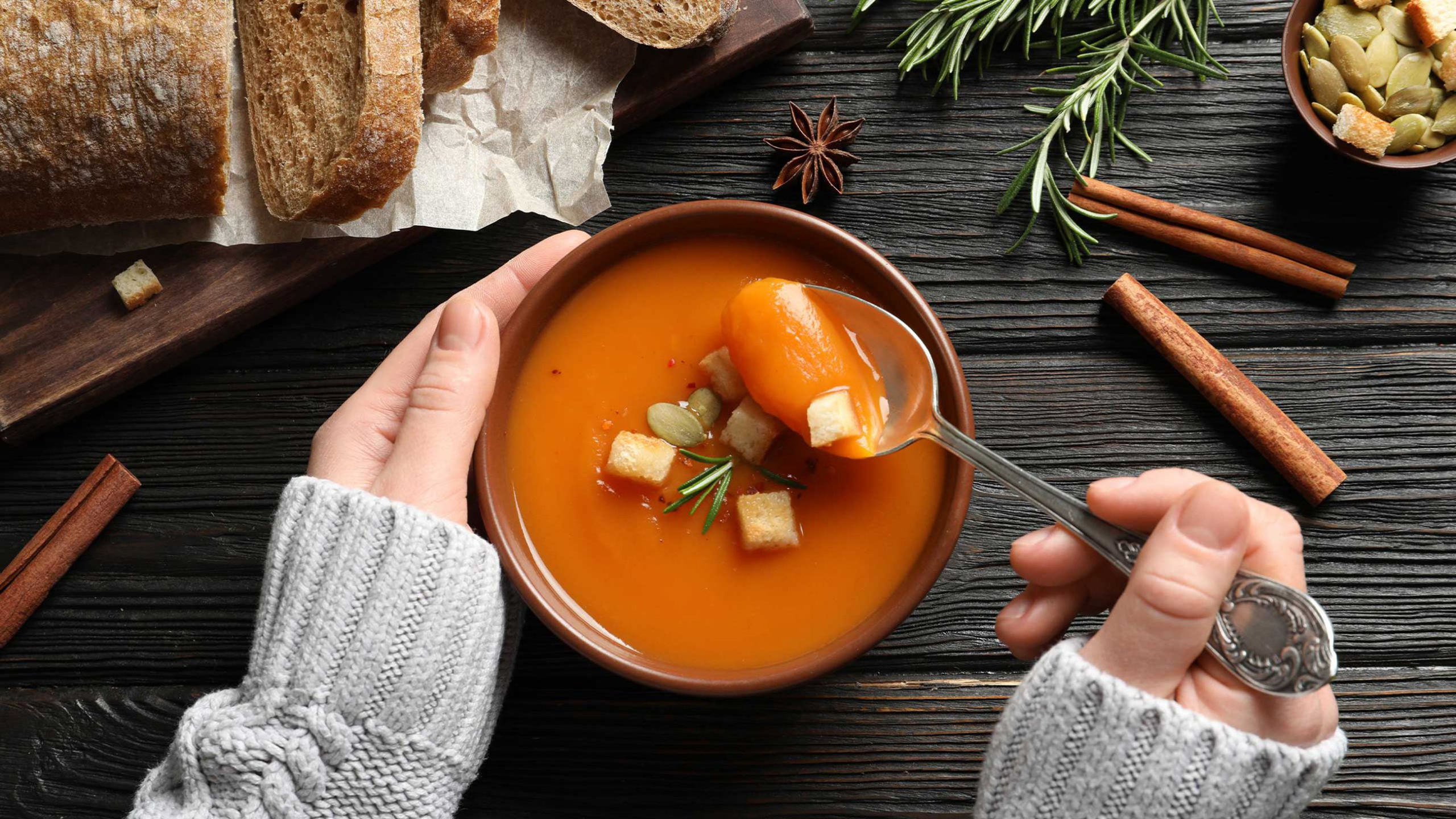“Sweet Potato in sight!”
There's no food in history books that's been as despised as the sweet potato.Under the scientific name Ipomea batatas, sweet potato is native to the tropical Americas, where the Incan, Mayan and Aztec peoples raised it. And despite being used for ages as food and as decoration – the sweet potato plant gives a beautiful flower – it was the 15th century Portuguese explorers who brought it to Europe and spread it to the rest of the world.

Despite sharing its name with the common potato, the sweet potato isn’t closely related to it. Normal potato is a stem tuber and sweet potato is a root tuber, which kind of makes it a misbegotten son.
Its status began changing, however, as time passed. In Portugal, it was only during the reign of King John V, more precisely in 1715, that the sweet potato officially entered the Royal cookbooks, with a simple recipe of sugar, almonds and puréed sweet potatoes. Before that, and for almost two centuries, it was only seen as food for animals and slaves, not even reaching the tables of the poorest.
Today, it is safe to say that the sweet potato has earned its place in western cuisine. Long gone are the times when deserts were its only use. Sweet potato is now present in savoury courses, soups, as a side dish or even in bread! It is, of course, essential on a tasty, healthy table.
Sweet, delicious and nutritious
Sweet potato is a queen for many reasons. On the one hand, it is delicious, with a sweet flavour and a creamy texture; on the other hand, it is very nutritious, rich in vitamin A and beta-carotenes – essential for good eyesight, immune system, teeth and bones – and poor in carbs, fats and calories. It is also a source of antioxidants, magnesium and calcium.

And because of its high contents in complex carbs and its low glycaemic index and low caloric value, sweet potato is a very satisfying food that will make you feel full quickly and for a longer period of time.
Sweet Potato varieties
If you think there is only one kind of sweet potato, think again. There are at least 16 types of sweet potato, that differ mainly in peel and pulp colour. The most common sweet potato has a copper-coloured peel and a bright orange pulp, but you can also find white, yellow and purple sweet potatoes. These different varieties differ slightly in flavour, texture and nutritional contents.
Some of the most appreciated varieties of sweet potato in Europe are Beauregard and Evangeline, both orange-fleshed, Bonita, a white variety, and Murasaki and Purple Dingues, both purple with white and purple pulps, respectively.
-
Purple Sweet Potato
Because of its firm and lightly sweet pulp, purple sweet potatoes are perfect for baking and incorporating in savoury dishes.
-
Orange Sweet Potato
Most varieties of orange pulp sweet potatoes are best to boil and mash, since the texture is creamier. These are also widely used in sweet dishes and desserts.
-
White Sweet Potato
The least common type of sweet potato, with a brownish skin and white pulp, is best to fry.
-
Lyra Sweet Potato
In southern Portugal, a new variety is gaining popularity among European markets. This delicious sweet potato, called Lyra, has a white pulp that turns yellow when cooked, a skin ranging from orange to purple, and a very sweet taste. Being very firm and with less moisture, Lyra is a variety that can be stored for longer periods and holds shape after cooked.
Sweet potato in space?
What if we told you that our dearest sweet potato can actually become an astronaut? A team of NASA researchers has picked sweet potato as a candidate among vegetables that might eventually be planted in a possible greenhouse in space!

That’s a long journey – but nothing can stop our star sweet potato.
